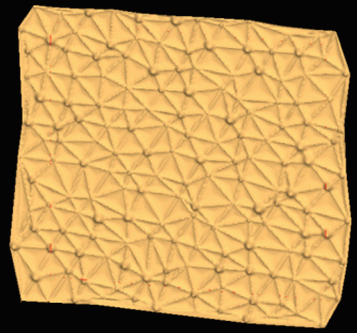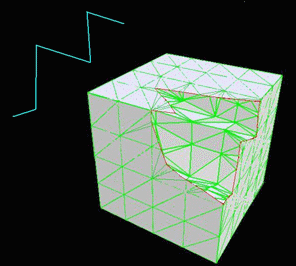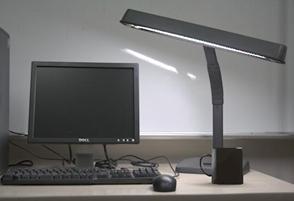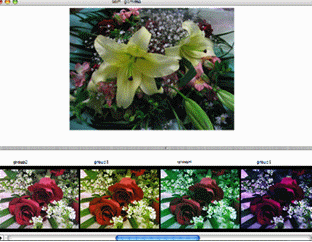From the topics studied in Ito laboratory, this page introduces technologies that could be utilized
as tools for content production.
There are enhancing opportunities to make such technologies more accessible for people who are not familiar with computers.
|
Makeup is a powerful tool for self-producing.
Being at women's university, the assistance of makeup by computer science is a very important subject
for us to show our originality as college women.
The following are two trials we have started, related to this research theme.
- Modeling to recreate the effects of makeup with 3D-CG
- Systematical visualization of the result for the analysis of makeup impressions
The figure below is the result displayed with the hierarchical image browser 'CAT'.
From this result, two types of different evaluations(in this case the evaluations on a gender basis) and
the participants' preferences of makeup can be clealy shown.
As a result, it could be used to advise customers how the makeup would impress others.
The figure above shows the example of 3D modeling of the skin microstructure.
Unlike many techniques of creating realistic computer-generated images of humans,
this method renders human skin using microstructure of pore, crista cutis as parameters.
It enables to re-create a variety of conditions of skin, and to simplify the evaluation of impressions.
It also has a possibility for modeling of skin on which face lotions or foundation applied in the future.
|


|
|

|
3-dimentional CG techniques become popular through animations and computer games.
However, it does not seem easy to design those CG characters by ourselves.
It is necessary to create a tool for forming 3-dimentional CG characters easily so that to make 3-dimentional CG more enjoyable.
This figure is a simulant of cutting operation applied to a soft substance like polystyrene foam by using a heating wire,
so called 'heat cutter'. We think that this kind of operability makes possible to create 3-dimentional CG characters in shorter time.
We named this technique as "Igel", which stands for "Interactive Graphics Enabling Light-modeling".
It actually means "hedgehog" in German, which could be one example we'd like to create using this technique.
|
|
|
Making composite pictures of real images and computer-generated images are already used for many purposes.
It is widely known that this technique is used in visual techniques like movies, animations, and games.
It is also used to visually simulate manufacturing products (ex. automobiles, architectures, electrical products)
to show the image of uncompleted product with CG, combined with the background image.
In our laboratory, we have worked on issues related to the composite images as below:
The first scene is a depiction of an image with closely-apposed light of a table lamp.
The scene is created with a combination of a CG mug and a photographed image.
You may notice the shadow of the mug is expressed naturally.
The second scene is a composition of weather phenomena, which in this study is a CG rainbow,
and the photographed image.
This picture depicts the image of a rainbow, considering the depth of the photographed image,
the actual light conditions and the observation point to make it look real.
|


|
- S. Furuya, T. Itoh, Image Based Lighting with Near Light Sources,
NICOGRAPH International 2007.
(PDF)
|

|
Along with the popularization of digital cameras, more people possess a large amount of photos casually,
which doesn't yet mean they are all familiar with image editing and processing.
The biggest reasons include they need high-grade softwares to edit or process digital images, and to operate them
they need understanding of technical terminology.
As a consequence, editing digital images are difficult to beginners.
To solve these problems, we are developing a method of image processing UI
based on a intuitive manipulation, which is a manual grouping of the sample images.
In this method, with prior processing, users devide the similar images into groups.
Next, it derives samples of image processing from the grouping, makes the users select one of the samples and
thus it enables the image processing.
With our own evaluations, the proposed method provides a positive outcome.
|
|





